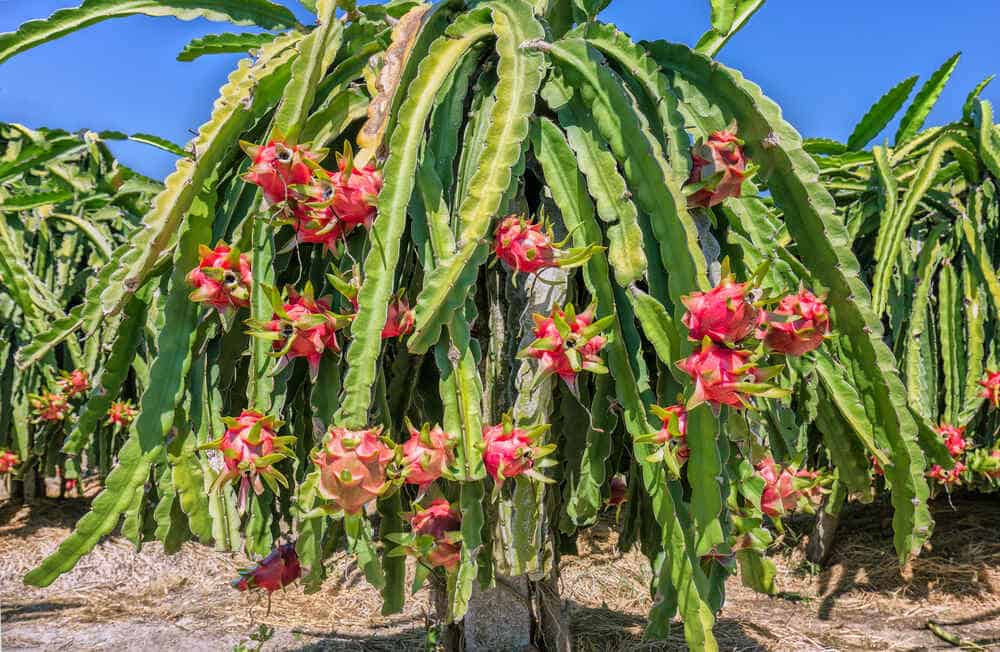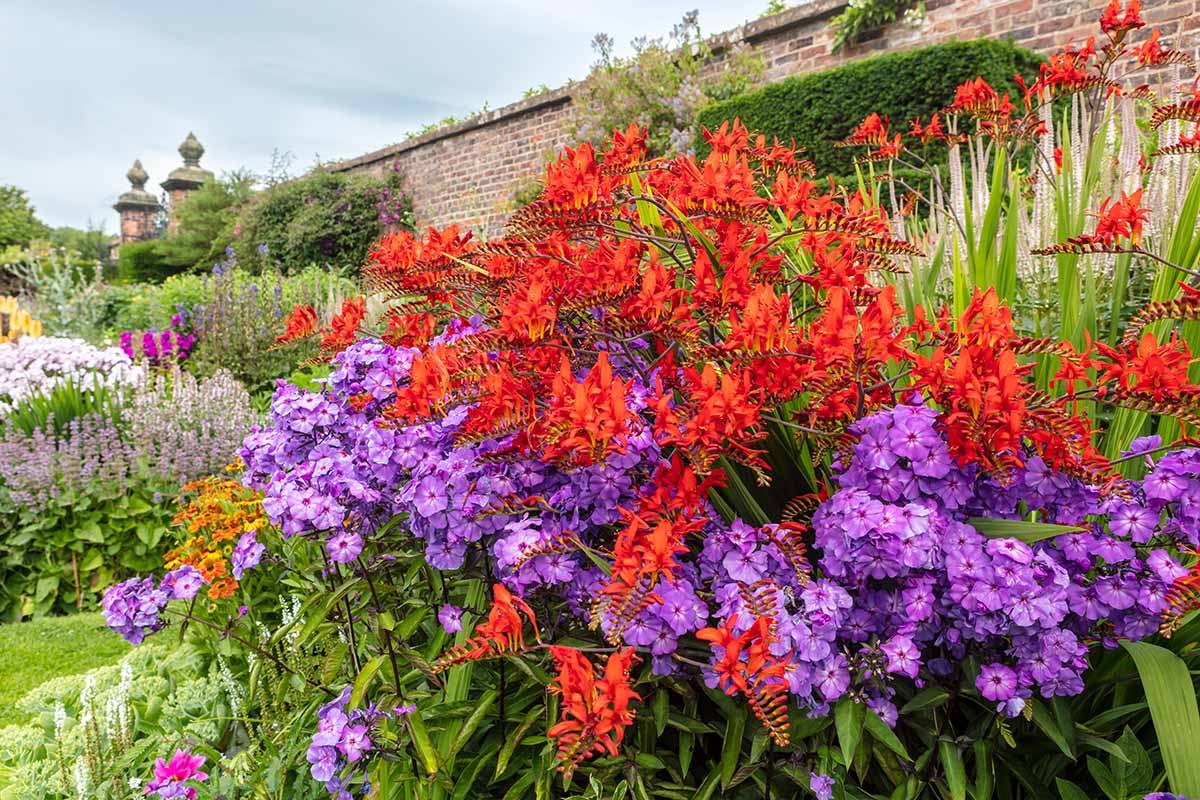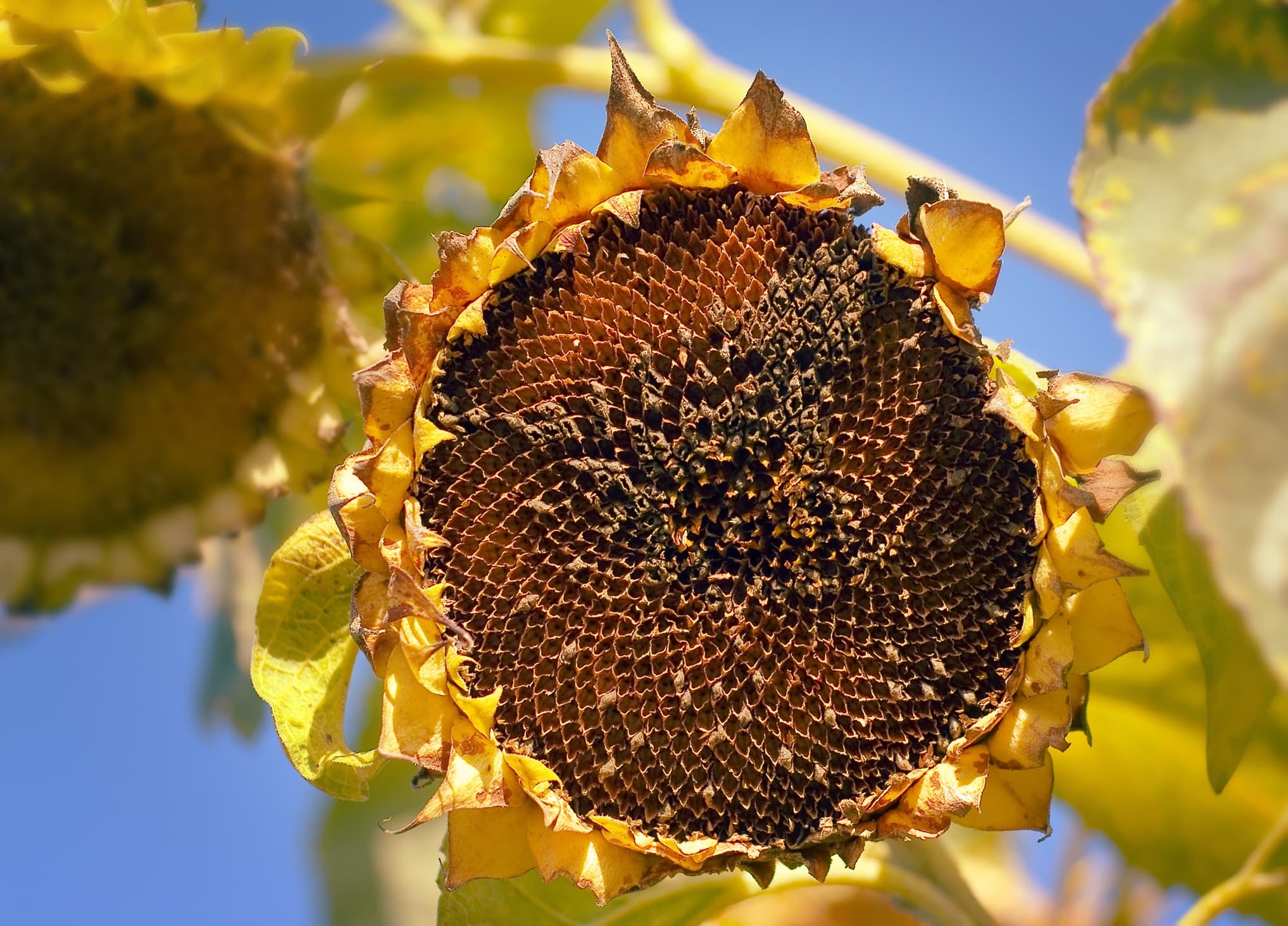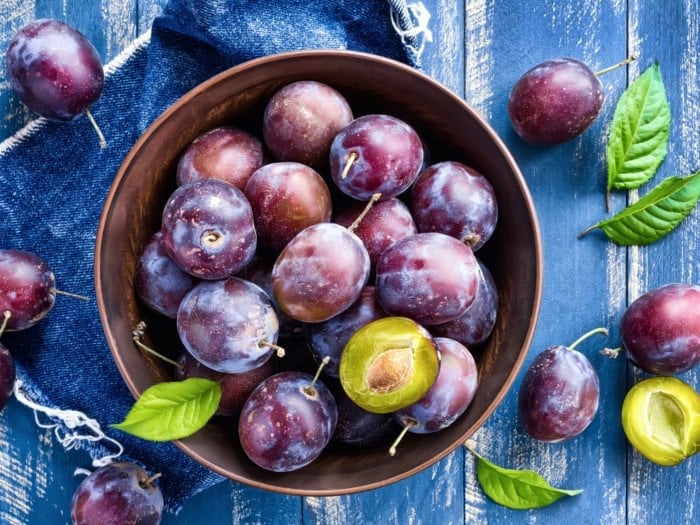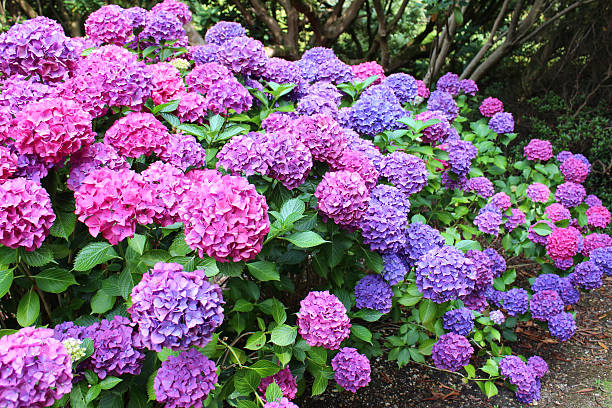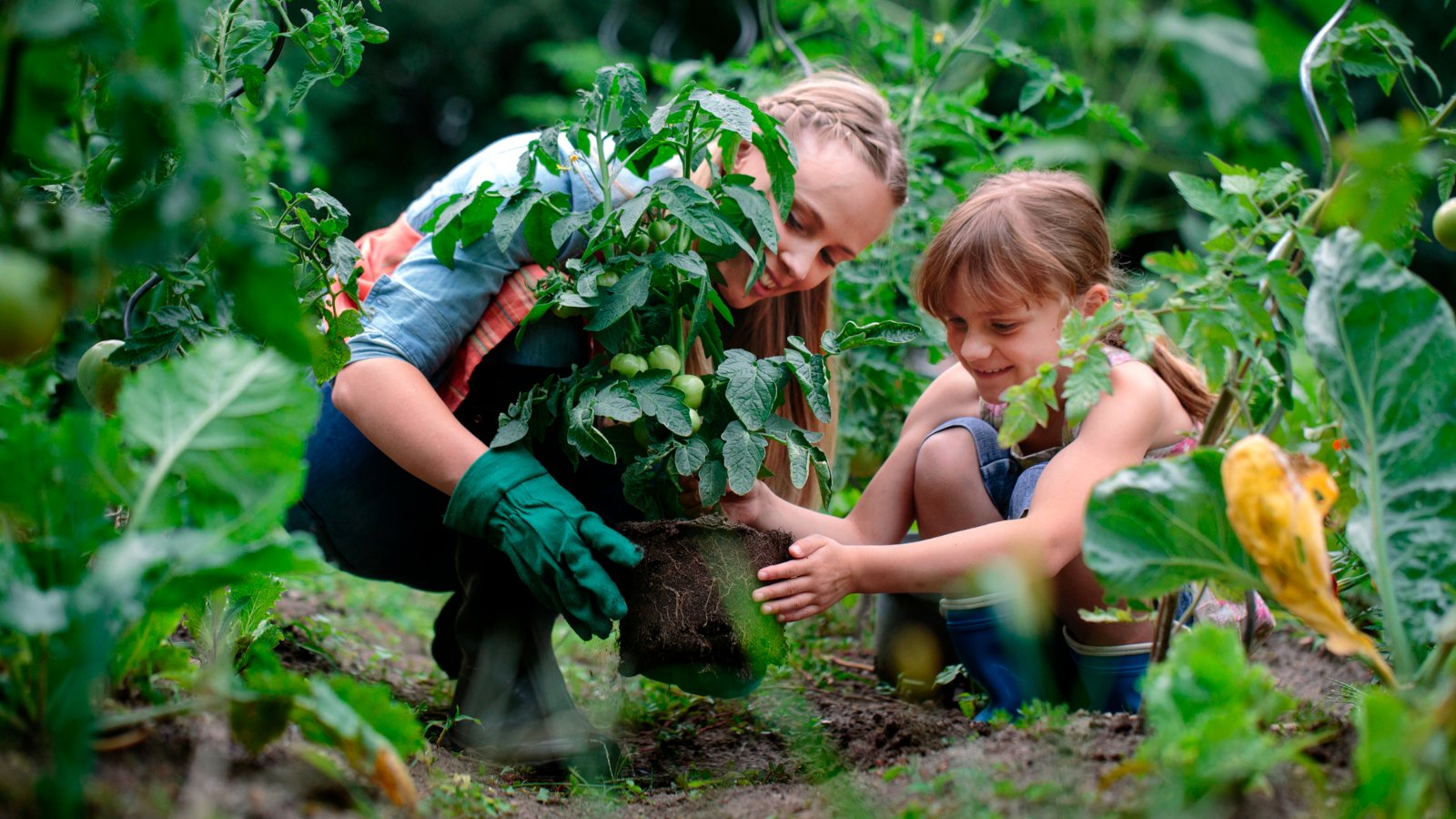How To Prune Blueberry Bushes Based On Age [UK]
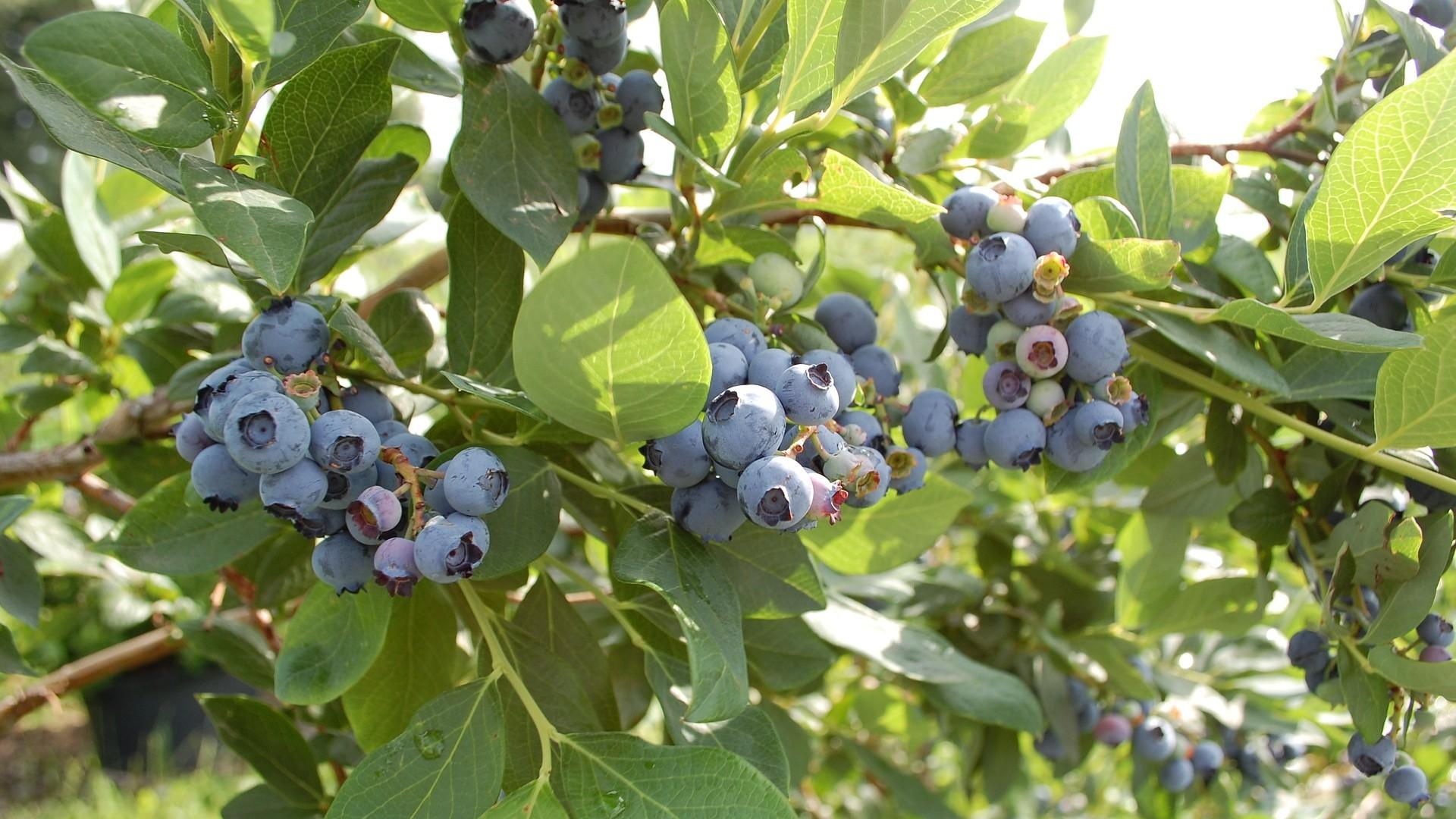
Table of Contents
Are you struggling to keep your blueberry bushes thriving and producing a bountiful harvest? Pruning is the answer to your gardening woes! Proper pruning not only encourages healthy growth but also significantly boosts fruit production, ensuring a generous yield of plump, juicy blueberries every season. In this article, we’ll discuss the process of pruning blueberry bushes based on their age, so you may keep your garden prospering and enjoy a delicious harvest year after year.
Pruning blueberry bushes can be daunting, especially if you’re not aware of when and how to do it right. But fear not, as we’ll explore the various techniques tailored to the age of your plant, ensuring that you give your bushes the proper care they need to grow and bear fruit. From planting time to rejuvenating mature plants, our step-by-step guide will make you a pruning pro in no time.
So, get ready to transform your blueberry bushes and elevate your garden game by learning the essentials of pruning. Say goodbye to weak, unproductive plants and hello to a vibrant, thriving blueberry patch that will be the envy of every gardener.
Pruning During the First Two Years
One of the crucial steps in establishing a thriving blueberry garden in the UK is pruning your bushes right from the beginning. By taking the time to prune at the right time, you’ll ensure your plants have a strong start for vigorous growth and bountiful harvests.
When planting your blueberry bushes, carefully inspect them for any weak, low-growing, or broken branches. Removing these undesirable branches allows the plant to focus its energy on establishing a robust root system and promoting healthier, more vigorous growth.
Blueberry bushes with bushy growth are more likely to produce an abundant harvest. To encourage this, trim back long canes by about one-third to half their length. This will stimulate new shoots and branches’ growth, leading to a denser, bushier plant. Remember, a well-pruned blueberry bush is key to enjoying a delicious crop of mouth-watering British blueberries.
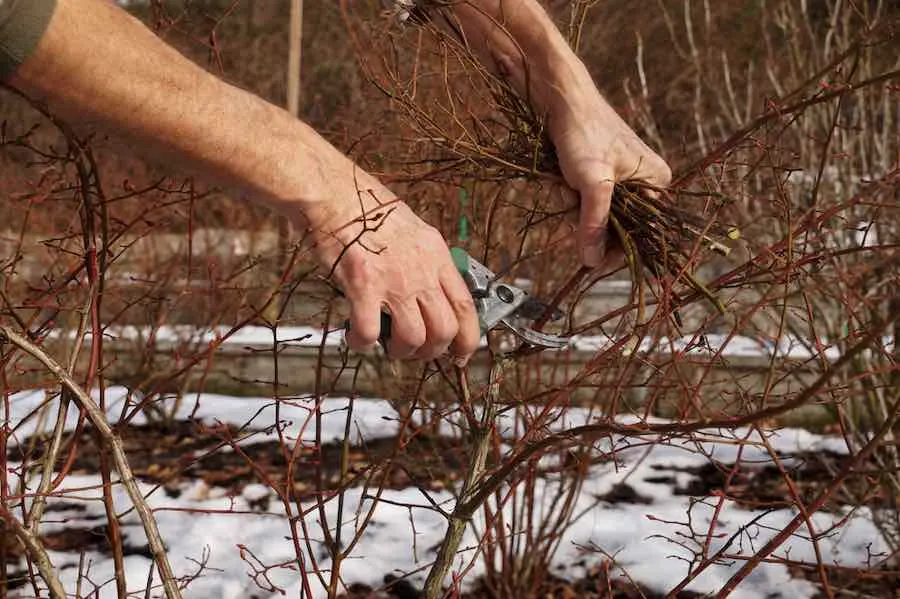
Pruning During the First and Second Growing Seasons
Pruning the blueberries bush carefully in its early years is critical for establishing a healthy, prolific plant. What you need to know about pruning during the first and second growing seasons is as follows:
During the first two years, focus on pruning to promote strong, healthy growth. Eliminate competing shoots that may be taking valuable resources away from the main branches. By directing the plant’s energy towards a limited number of healthy shoots, you’ll encourage the development of a well-structured, vigorous blueberry bush.
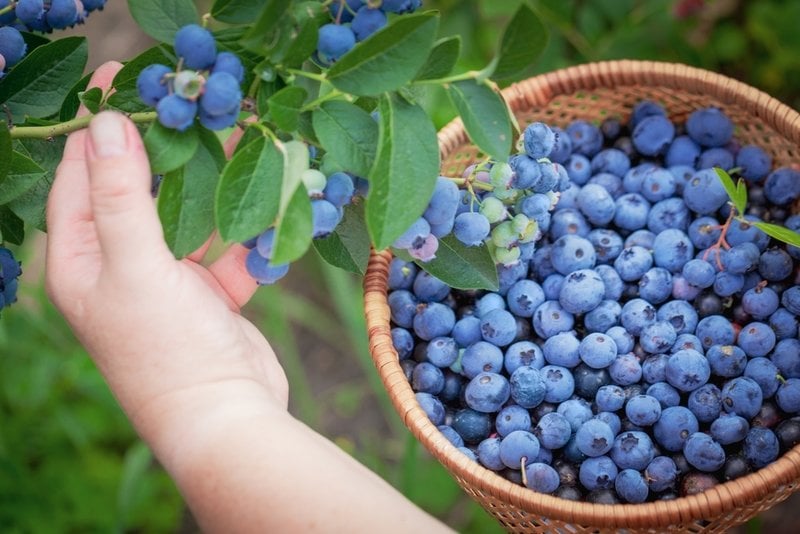
Regularly inspect your young blueberry bushes for any signs of disease, damage, or weak growth. Removing these problematic branches as soon as possible will help to avoid disease spread and guarantee that the plant’s energy is channelled toward healthy growth. This approach will enhance your blueberry bush’s general health, allowing it to thrive.
An essential aspect of pruning young blueberry bushes is establishing a strong, well-balanced framework. By selectively Pruning blueberries bush, you’ll encourage the formation of a solid structure that can support the weight of future fruit crops. Aim for an open-centred shape to let light and air penetrate the plant, lowering disease risk and facilitating even fruit ripening.
You’ll be preparing your blueberry bushes for long-term success by paying close attention to them during their first and second growing seasons. Your plants will be well on their way to providing an abundance of wonderful, juicy blueberries for you to enjoy with careful pruning and good care.
Pruning 3 to 6-year-old Blueberry Bushes: Fostering Health and Productivity
As your blueberry bushes enter their third to sixth years, it’s time to focus on annual pruning maintenance. This stage is crucial for preserving the health and appearance of your plants.
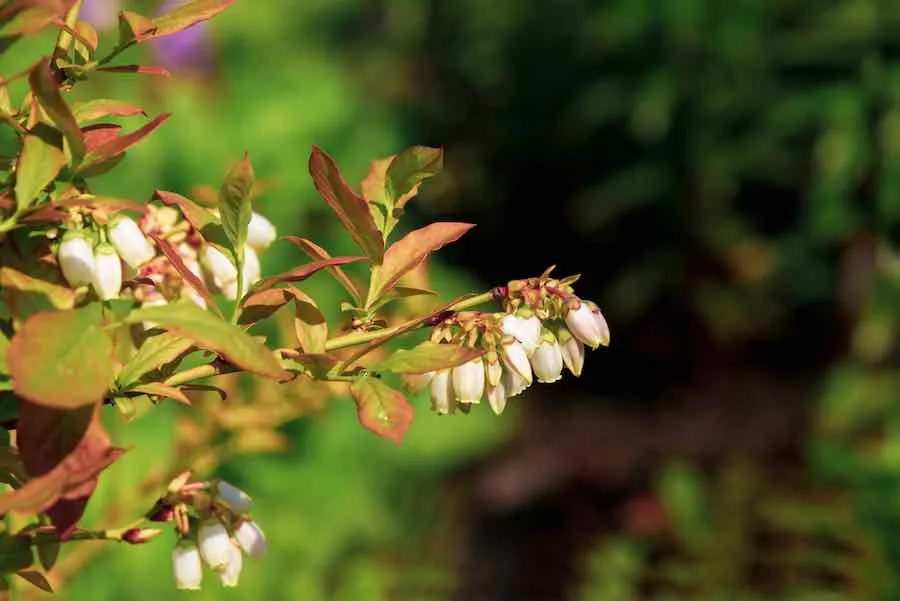
Consistently inspect your blueberry bushes and promptly remove any dead, damaged, or diseased wood. This practice not only prevents the spread of disease but also helps maintain an attractive appearance and ensures the plant’s energy is directed towards healthy growth.
Over time, weak or spindly growth may emerge, competing for resources with the more robust branches. To keep your bushes strong and vigorous, thin out these weaker branches. This allows light and air to penetrate the plant more effectively, further enhancing its health and growth.
To reduce the risk of disease and prevent overcrowding, remove any branches that cross or rub against one another. Aim to maintain an open centre in the bush, which allows for better air circulation, light penetration, and overall plant health.
Pruning to Stimulate Fruit Production: Maximising Your Blueberry Harvest

As your blueberry bushes mature, it’s essential to focus on pruning blueberry practices that stimulate fruit production. Here are the key techniques to implement in your 3 to 6-year-old blueberry bushes:
1. Fruiting wood is responsible for bearing blueberries, so it’s crucial to encourage its development. Prune back new growth to allow for more energy to be directed towards fruiting wood, ensuring a generous harvest in the coming seasons.
2. Over time, canes may become less productive, contributing less to your overall harvest. By identifying and removing these older canes, you’ll stimulate the growth of new, more fruitful canes, boosting your blueberry yield.
3. A healthy, productive blueberry bush requires a mix of vegetative growth (leaves and branches) and fruiting growth (fruiting wood and blueberries). Remove excessive vegetative growth to allow the plant to concentrate its energy on fruit production.
Pruning Mature Blueberry Bushes (7+ Years)
Rejuvenating Older Plants
As your blueberry bushes surpass the seven-year mark, it’s essential to focus on rejuvenation techniques to keep them healthy and productive. Here are some key steps for revitalising your mature blueberry bushes:
Take the time to thoroughly examine your mature blueberry bushes, evaluating their health and structure. Look for any signs of disease, damage, or unproductive growth, and take note of any necessary pruning interventions.
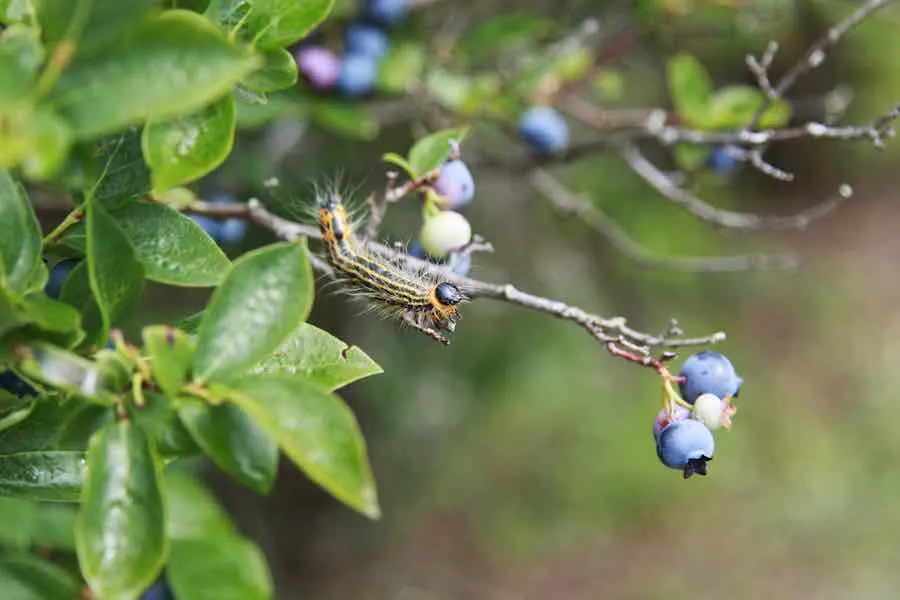
To encourage new, vigorous growth in your older blueberry bushes, remove one or two of the oldest, thickest canes each year. This practice allows the plant to redirect its energy towards developing new, productive growth, keeping your bushes fruitful and thriving.
In addition to removing old canes, it’s essential to encourage new, productive canes’ growth. By selectively pruning Blueberries and managing them, you’ll stimulate the formation of fruiting wood, ensuring a continuous supply of delicious blueberries.
Maintaining Plant Health and Productivity
Keeping your mature blueberry bushes healthy and productive requires ongoing care and attention. Here are some crucial maintenance practices to keep your plants in top condition:
- Continually inspect your blueberry bushes for any dead, damaged, or diseased wood, and promptly remove it. This practice not only prevents the spread of disease but also helps maintain an attractive appearance and ensures the plant’s energy is directed toward healthy growth.
- As your bushes mature, they may develop weak or crowded growth that competes for resources with more robust branches. To ensure strong, productive plants, thin out these weaker branches, allowing light and air to penetrate the plant more effectively.
- Adequate light penetration and air circulation are crucial for the productivity and health of your blueberry bushes. By maintaining an open-centered structure and removing any crossing or overcrowded branches, you’ll provide the ideal growing conditions for your plants, reducing the risk of disease and promoting even fruit ripening.
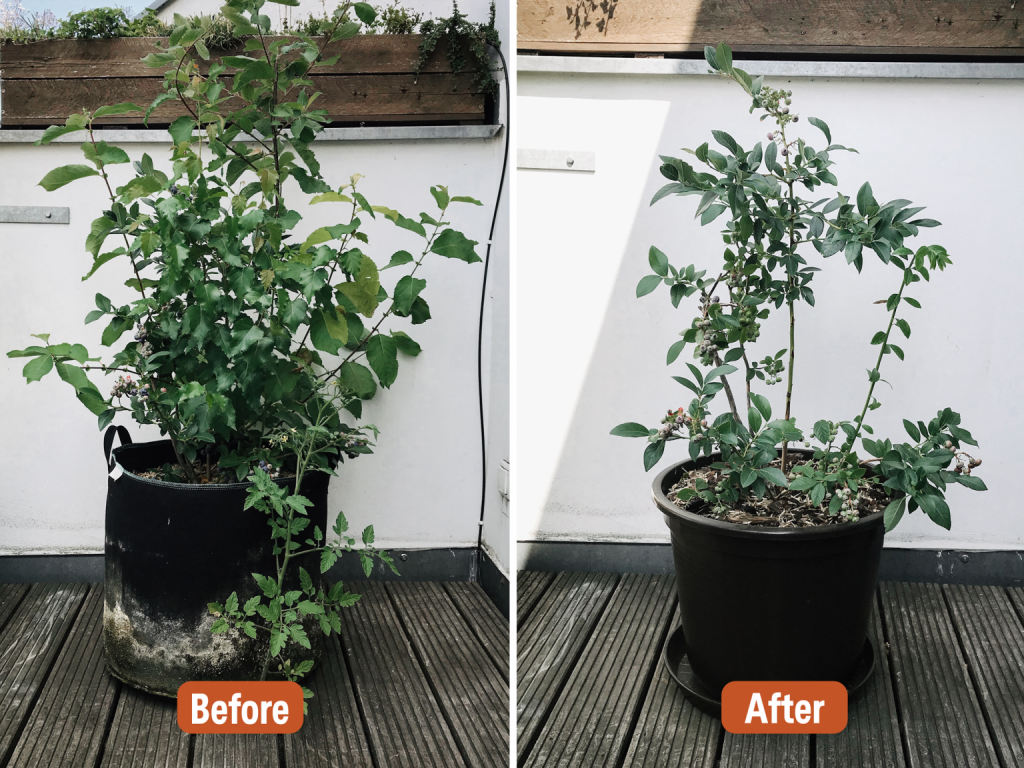
General Pruning Tips for Blueberry Bushes: Mastering the Art of Pruning

To revel in a bountiful harvest of blueberries, the secret lies in nurturing well-tended bushes. As a professional gardener blogger, here are some general pruning blueberries tips to ensure your blueberry bushes thrive:
1. Best Time to Prune
Pruning blueberry bushes is a delicate affair best undertaken during their dormancy. The optimal window lies between late winter and early spring when the plants are at their most resilient. Pruning within this timeframe minimises stress on your blueberry bush and sets it up for a vigorous growth spurt once the warmer months arrive.
2. Tools and Equipment Needed
To master the art of pruning, invest in top-notch pruning tools that stand the test of time. Sharp bypass pruners, loppers, and a pruning saw are indispensable additions to your gardening arsenal. Invest in high-quality pruning tools, such as sharp bypass pruners, loppers, and a pruning saw, to make clean, precise cuts. Keeping your tools clean and sharp will reduce the risk of disease transmission and ensure optimal plant health. By keeping your tools well-maintained, clean, and sharp, you’ll significantly reduce the risk of transmitting diseases between plants and ensure your blueberry bushes remain in prime health.
3. Proper Pruning Techniques
As you embark on your pruning journey, be mindful of your technique. When pruning blueberries, each cut should be made at a slight angle, approximately 1/4 inch above a healthy outward-facing bud or branch. This strategic approach encourages new growth to radiate away from the plant’s centre, fostering an open structure that allows light and air to penetrate the bush. The resulting well-ventilated environment promotes healthy growth and a bountiful harvest.
4. Ensuring Plant Health and Safety
When pruning your blueberry bushes, always be on the lookout for signs of disease or damage. Eliminate any compromised wood to preserve the overall health of your bush. In addition, make a habit of sanitising your pruning tools between cuts, as this will help prevent the spread of disease among your plants.
Summing Up!
In conclusion, pruning your blueberry bushes based on their age is essential for their overall health, growth, and productivity. Understanding and implementing various pruning blueberry procedures at various stages of your plants’ existence will lay the groundwork for a thriving, successful blueberry garden. Prune at planting time, removing weak, low-growing, and broken branches and shortening long canes to encourage bushy growth.
Regular pruning of Blueberries is essential for the longevity and success of your blueberry bushes. By applying the tips and techniques discussed in this article, you’ll be well on your way to enjoying a bountiful harvest of mouth-watering blueberries.
Now it’s time to grab your pruning tools and start nurturing your very own blueberry oasis.

